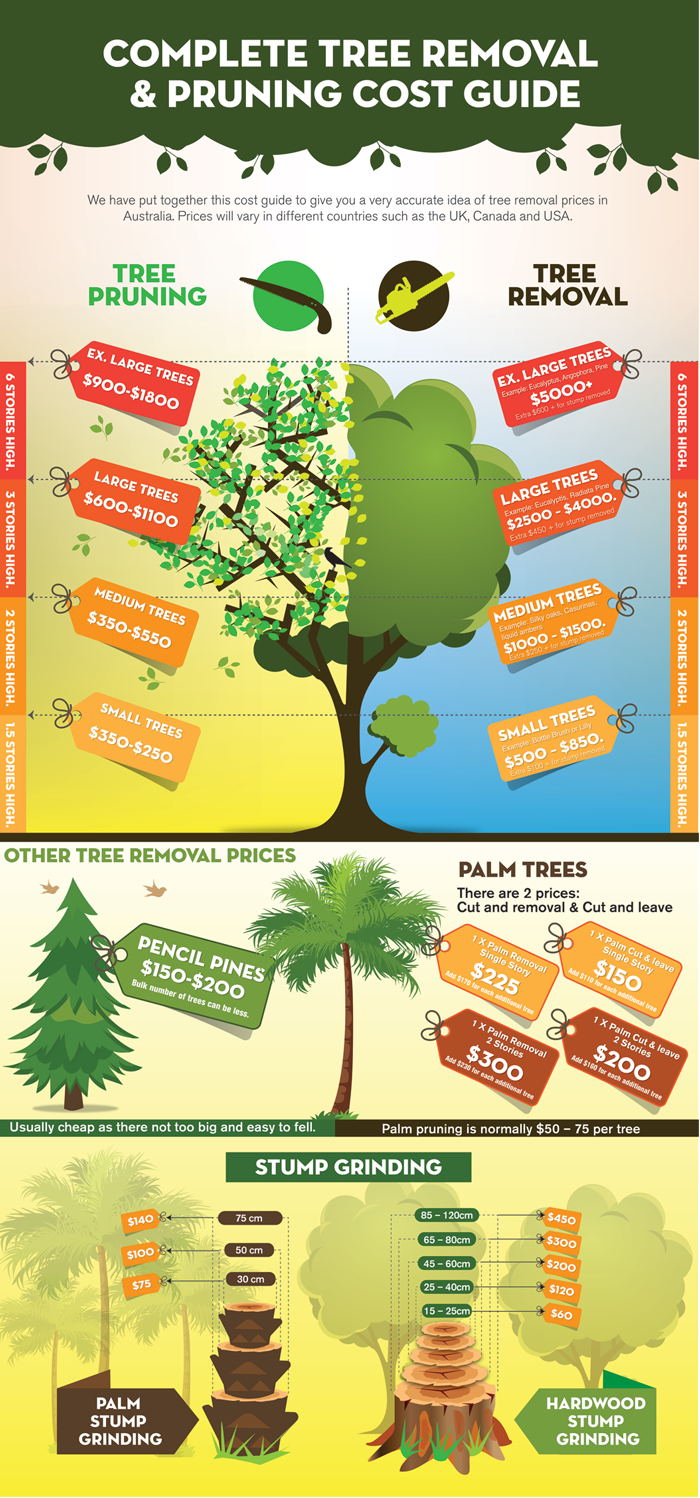The Consequences Of Eliminating Trees On The Environment: What You Need To Understand
The Consequences Of Eliminating Trees On The Environment: What You Need To Understand
Blog Article
Author-Marks Lake
When it pertains to the ecological influence of tree removal, there are crucial aspects that require your attention. From the detailed web of connections within environments to the succeeding effects on environment patterns, the effects are profound. You might be amazed to find the intricate ways in which the elimination of trees can reverberate throughout the environment. Keep tuned to unwind the complex links and ramifications of this relatively simple act.
Logging and Habitat Loss
Logging and environment loss are critical issues coming from tree removal. When trees are lowered, it interferes with entire environments. Not only are the trees themselves lost, yet the homes and food sources of plenty of plant and pet varieties are destroyed too. Birds shed their nesting sites, animals lose their shelter, and insects lose their environments. The impacts ripple via the food web, influencing predators and prey alike.
Furthermore, logging contributes to environment adjustment. Trees play an essential function in taking in carbon dioxide, a greenhouse gas that catches heat in the atmosphere. With fewer trees, there's less carbon dioxide absorption, causing raised degrees of this gas in the atmosphere and worsening global warming.
Environment loss is a direct result of deforestation, as the destruction of forests means the loss of distinct and diverse ecological communities. Learn Alot more Here are incapable to adjust to rapid adjustments in their atmosphere, resulting in population decreases and, in some cases, extinction.
Shielding forests is vital to keeping the delicate equilibrium of nature and guaranteeing the survival of numerous plant and pet species.
Influence on Biodiversity
The elimination of trees has a substantial influence on biodiversity, influencing the range and abundance of plant and animal species in an area. Trees give habitat and food resources for countless organisms, from insects to birds to mammals. When trees are gotten rid of, these species lose their homes and resources of nutrition, resulting in a decrease in their populaces. This disruption can have plunging effects on the entire ecosystem.
Additionally, trees play a vital function in preserving biodiversity by producing microhabitats within their covers, trunks, and roots that support a wide range of types. When trees are lowered, these specialized settings are ruined, lowering the overall variety of the location.
Additionally, the elimination of trees can result in a decline in genetic variety within plant populations, as specific tree species may no more be able to recreate or distribute efficiently. Shielding trees and woodlands is important for maintaining biodiversity and making sure the health of ecosystems for future generations.
Dirt Erosion and Climate Adjustment
With trees being gotten rid of from a location, the disruption of soil framework and security occurs, resulting in enhanced dirt disintegration. Trees play a critical duty in avoiding disintegration by holding dirt in position with their root systems. When trees are eliminated, especially in great deals, the soil comes to be much more at risk to erosion from wind and water. This erosion not just influences the instant surroundings yet can additionally result in sedimentation in neighboring water bodies, influencing water high quality and aquatic ecological communities.
In https://www.lawnandlandscape.com/article/coronavirus-employee-absences-industry-news/ , trees aid regulate the environment by taking in co2 during photosynthesis. When trees are reduced, this natural carbon sink is decreased, adding to boosted levels of greenhouse gases in the ambience. This can aggravate environment change, resulting in more severe climate occasions and disruptions in environments worldwide.
As a result, the removal of trees not just speeds up soil disintegration yet additionally contributes in the larger environmental concern of climate adjustment. It's important to think about these elements when evaluating the impacts of tree elimination on the environment.
Conclusion
Now that you understand the ecological effect of tree removal, think about the consequences prior to cutting down trees. Deforestation disrupts ecological communities, reduces biodiversity, and contributes to soil erosion and climate modification. By bearing in mind the impact of tree elimination, you can help protect our atmosphere and preserve the fragile balance of nature. Make notified options and take into consideration different solutions to lessen the negative impacts on our world.
